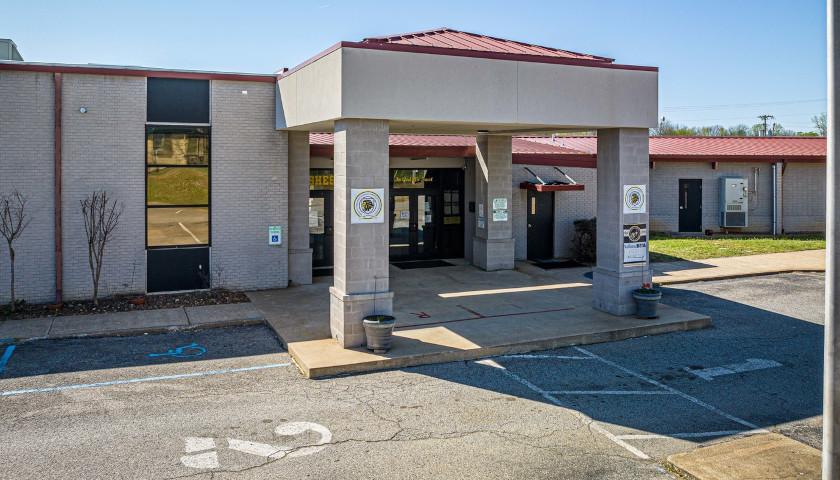by JC Bowman
We have seen the National Assessment of Educational Progress (NAEP) grab headlines in recent days. Pundits are quick to proclaim that the sky is falling, but the truth is the scores have been consistent and relatively flat since 1970, particularly in reading. Not every student in a state takes NAEP, only a random sample of students – every two years. There is no individual data. I agree with historian Diane Ravitch, a big takeaway on NAEP is “that virtual learning is a fourth-rate substitute for a real teacher and interaction with peers.”
That is the point, isn’t it? Students need to have human contact with a teacher and classmates to learn the best. Attendance is critically important in education. So, why are we not concerned about truancy, chronic absenteeism, and dropouts in our school? We can see this issue in real-time and measure it every year. It is just not a sexy policy issue, and unlike testing, there is no industry like the highly profitable testing companies which spend millions lobbying policymakers for more taxpayer dollars, to actually fight for these kids.
We know that many schoolchildren go through enormous hardships in their lives – including abject poverty, difficult health challenges, neighborhood violence, and challenging family circumstances. These obstacles make it hard for students to make the most of the opportunities at school.
When students drop out of high school it creates challenges that most kids never understand. This includes lower wages, lost productivity, lack of employment opportunities, dependence on welfare and public services, and higher rates of incarceration. For the state, lost wages for citizens means a loss of tax revenue.
The state of Tennessee had a dropout rate of 8.6 percent in 2021-2022 according to state data. Some of our urban areas are impacted with the highest dropout rate. Memphis-Shelby County Schools is at 18.1 percent, Davidson County is at 16.2 percent, Jackson County is at 9.6 percent, and Hamilton County is at 9.3 percent. The Tennessee Public Charter School Commission has a dropout rate of 15.8 percent. The failed state-run Achievement School District has a dropout rate of 42.9 percent.
In March of 2021, the Tennessee Comptroller reported that chronic absenteeism rates have remained steady across the state since chronic absenteeism was first included as an accountability measure on the State Report Card in 2018. Chronic absenteeism rates dropped slightly from 13.6 percent in 2017 to 13.3 percent in 2018 and finally to 13.1 percent in 2019. Chronic absenteeism rates were not calculated in 2020 due to the COVID-19 pandemic. A student is considered chronically absent if he or she misses 10 percent or more of instructional days (typically 18 days absent).
The Tennessee Department of Education does collect unexcused absence data by district, school, and student. However, it does not calculate truancy rates as it does for chronic absenteeism. The state has been incapable of conducting an evaluation of truancy rates or determining the effectiveness of truancy intervention plans used by districts – due to a lack of data and issues with local variation. A student might be considered truant in one district but would not be considered truant in another, thwarting the implementation of truancy laws and the comparison of data.
The disparity in policies and practices at the district and school levels, especially for parent notes and tardiness, results in the inconsistent classification of absences as excused or unexcused across the state. Outside of what is specified in state law, each district (and in some cases, each school) determines through its own policies whether an absence will be excused. While local control is preferred, we need a common language and stable policies in this area – or at least a dialogue on the issue.
The Tennessee Department of Education reported in September that the graduation rate for the 2021-22 school year, exceeded pre-pandemic levels with a statewide rate of 89.8 percent of high school students. Those are those graduating on time in the 2021-22 school year. Something seems slightly awry with all this data. It is merely how we define items like on-time graduation or dropout rate.
Stephen Hawking once quipped that “half the battle is just showing up.” If we want to elevate public education and see children truly achieve their potential, we must ensure that students are showing up in classrooms and learning every day. We must make certain that our schools have a teacher in each class and that students receive the support they need to learn and succeed. School attendance is one of the most important indicators of school success. It is more than a random test of representative samples of students every two years. We need to confront truancy, chronic absenteeism, and dropouts in our schools.
– – –
JC Bowman is the executive director of Professional Educators of Tennessee.
Photo “Students” by Stanley Morales.









Whatever happened to Truant Officers? I guess the political class decided it was better to save budget money on Officers than to have a literate constituency.